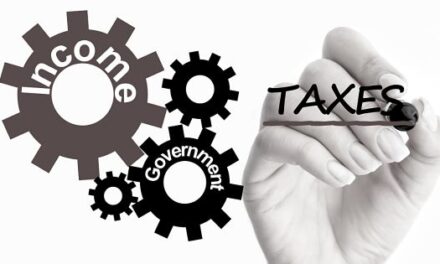A lot of coaching interventions are moving to coach the team as a whole, but buyer beware. Seminal team scholars, J Richard Hackman and Ruth Wageman, have long understood that while good coaching will positively impact the performance of a well-designed team, it won’t help those that are poorly designed.
This is the root of the [60:30:10] rule. 60% of the variance in a team’s performance comes from its design (or redesign), 30% of the variance comes from its launch (or relaunch) and only 10% from ongoing coaching interventions.

So start with team design, it’s where 60% of the impact lies.
What is team design?
Often, new team leaders, from first-line leaders to CEOs, take their teams as given without reviewing either the purpose or the team’s fitness for the purpose.
Team design is the conscious consideration of the conditions under which a team exists. These conditions are:
- Real team: You need to consider if the purpose of the team requires the team to work interdependently for long enough to learn to work together effectively.
- Compelling purpose: The purpose should not just be clear and challenging, it must also be consequential.
- Right people: You also need to consider if the team has the skill set to get the job done.
- Sound structure: The team needs to have the norms and work practices for success.
- Supportive context: You also need to consider what resources the team will need and how the whole team will be recognised for excellence.
- Team coaching: The system adopted for coaching the team should increase process gains and reduce process losses.
What needs to happen in a team launch?
The first time you bring a team together, there are some key activities that set the team up for success. They include:
- Getting to know one another, building psychological safety
- Understanding the level of authority of the team
- Commitment to the purpose
- Defining together the key tasks that will seriously advance the purpose
- The norms and roles that will ensure success in these key tasks
What if my team exists already?
If your team exists already, and you believe it has unrealised potentials, we would recommend a data-based approach to redesign and relaunch with the team leader supported by an expert in team theory, and a consideration of the six conditions for effectiveness.





















